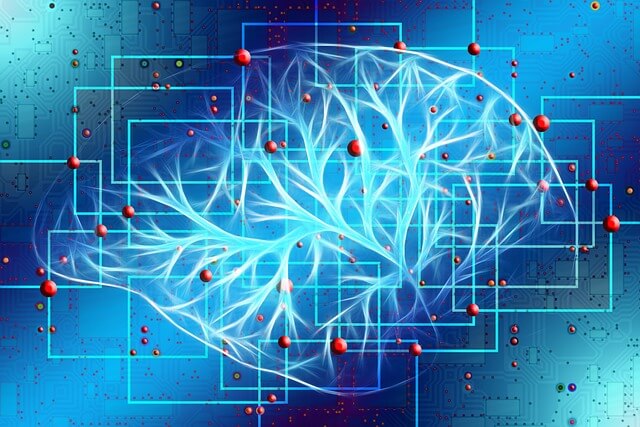Imagine a world in which computers could help us to unlock the hidden mysteries of quantum mechanics, allowing us to study the complexity of materials or the intricate motion of molecules with unprecedented detail.
This is not just a pipe dream – it is a future that is being brought closer to reality by Professor Zoe Holmes and her team at EPFL, in collaboration with fellow researchers from Caltech, the Free University of Berlin, and the Los Alamos National Laboratory.
A Quantum Leap in Learning
What they have worked on are “quantum neural networks” (QNNs), which can be thought of as the brains behind machine-learning models that use quantum mechanics as inspiration to mimic the behavior of quantum systems. Similar to the way the human brain is connected by neurons, neural networks are composed of interconnected nodes. But in QNNs, these nodes operate on the principles of quantum mechanics, which allows them to handle and manipulate quantum information.
Professor Holmes explained the significance of their approach: “Normally, when we teach a computer something, we need a lot of examples,” says Holmes. “But in this study, we show that with just a few simple examples called ‘product states’ the computer can learn how a quantum system behaves even when dealing with entangled states, which are more complicated and challenging to understand.”
Simplifying the Complex
The term ‘product states’ refers to a simple type of state in a quantum system, such as the combined state of two electrons. These product states are often used as a starting point in quantum research because they’re relatively easier to manage compared to entangled states, where particles are intertwined and cannot be described independently.
Advancing Towards the Quantum Frontier
The big news is that by using only a few product states as examples, these quantum neural networks can effectively learn the complex dynamics of entangled quantum systems. According to Holmes, “This means that might be able to learn about and understand quantum systems using smaller, simpler computers, like the near-term intermediary scale [NISQ] computers we’re likely to have in the coming years, instead of needing large and complex ones, which may be decades away.”
Not only does this breakthrough open up new possibilities for using quantum computers to solve complex problems such as studying new materials or simulating molecular behavior, but it also improves the performance of quantum computers by enabling the development of shorter and more error-resistant programs. Holmes summed it up aptly: “We can make quantum computers even better by making their programs shorter and less prone to errors.”
As the boundaries of what is possible continue to expand, this innovative work promises to be just the beginning of the amazing potential of quantum computing.


